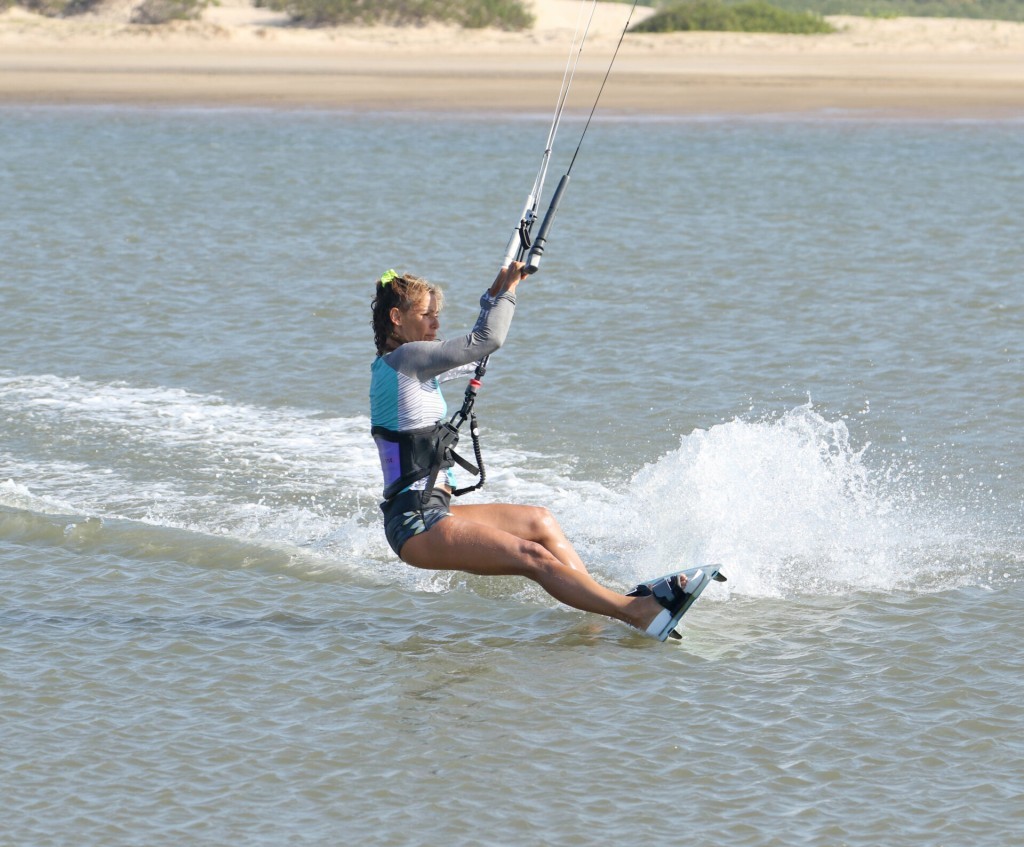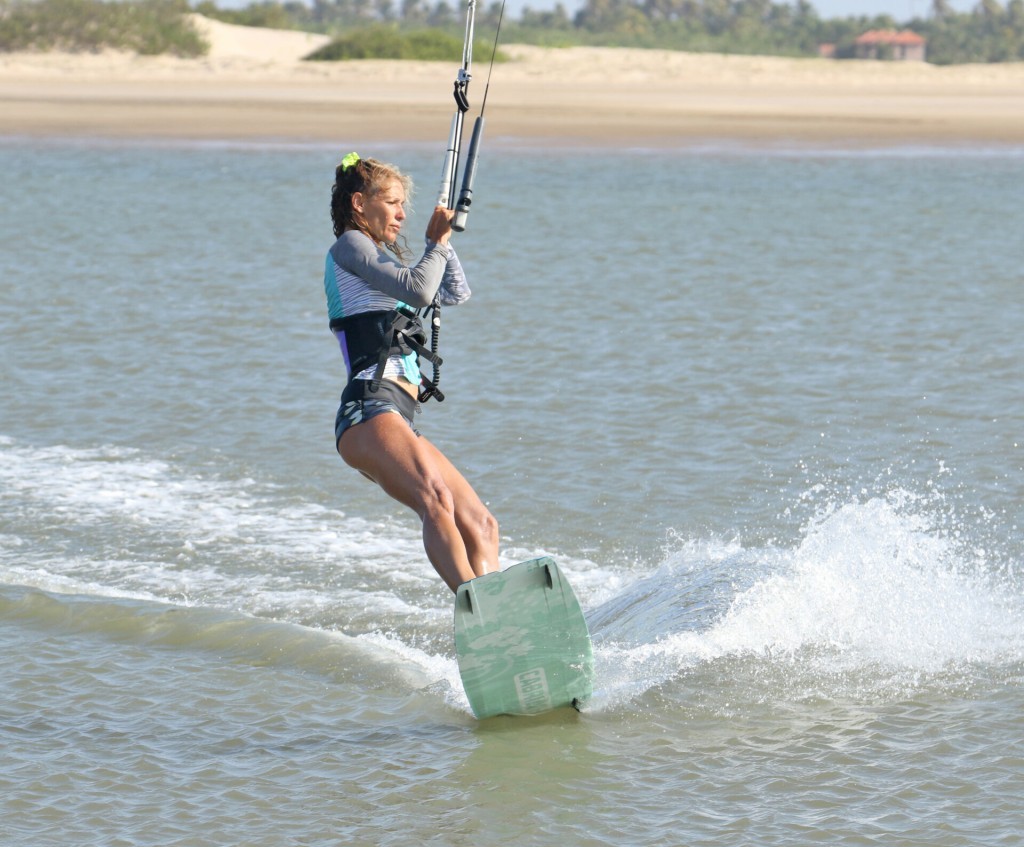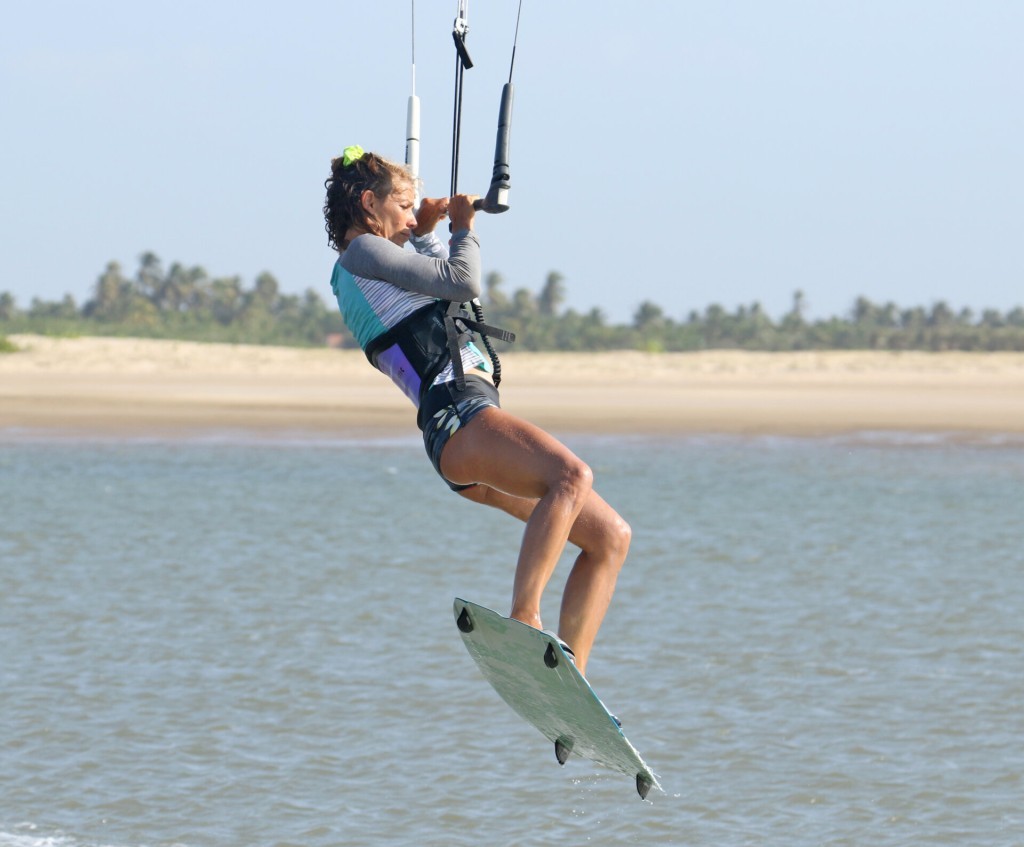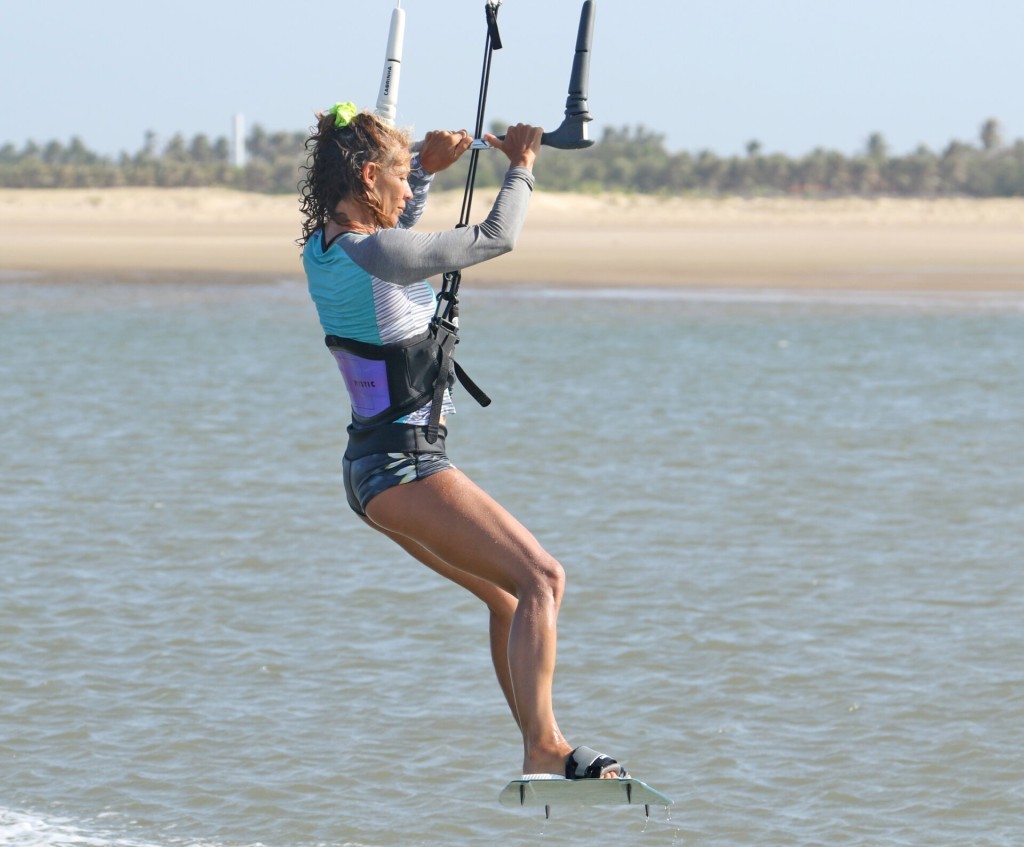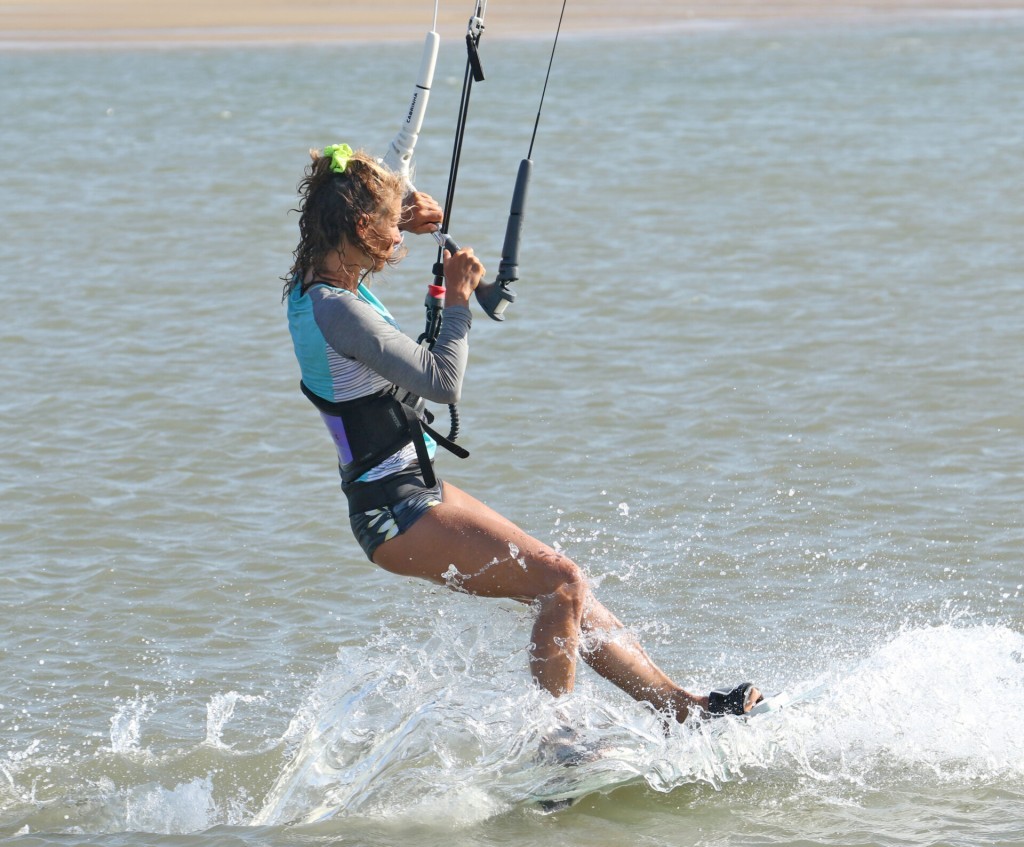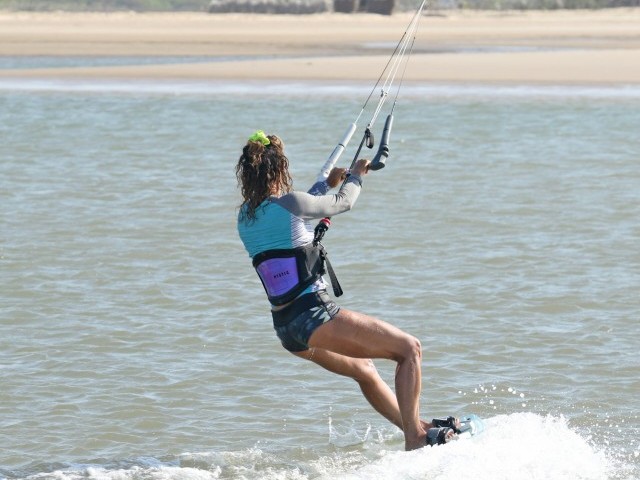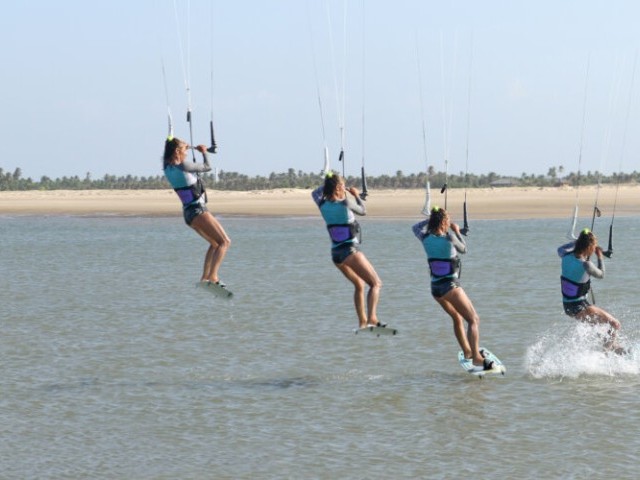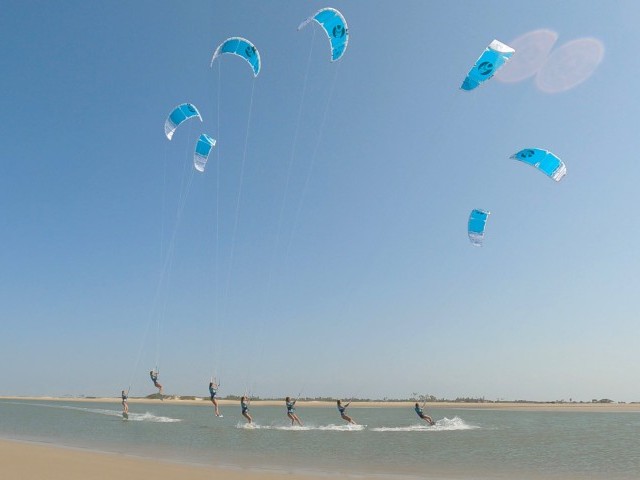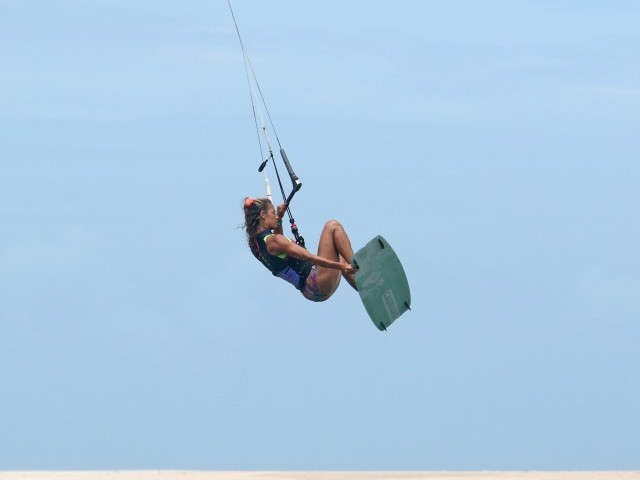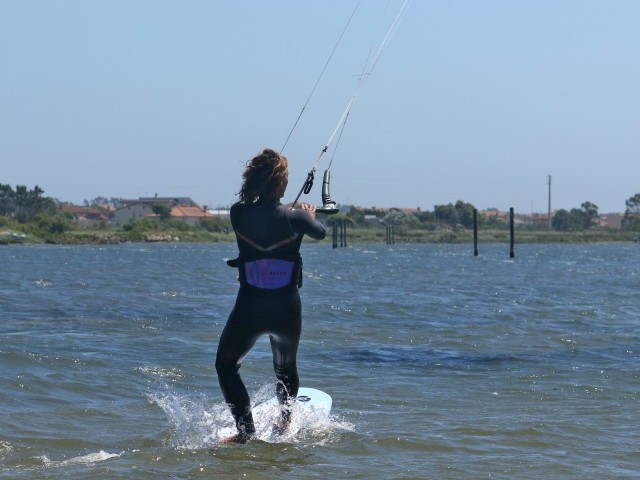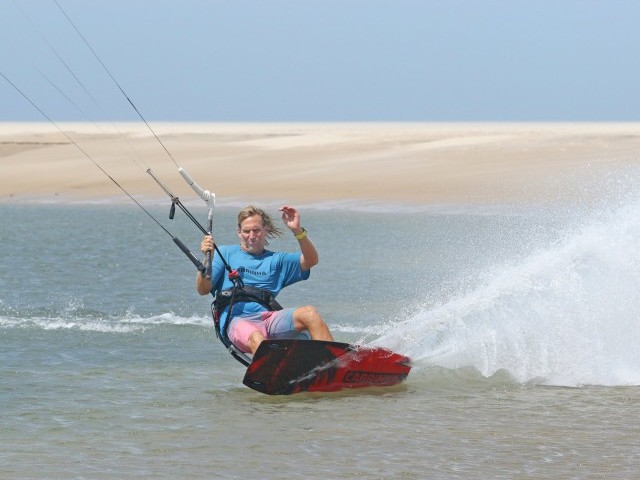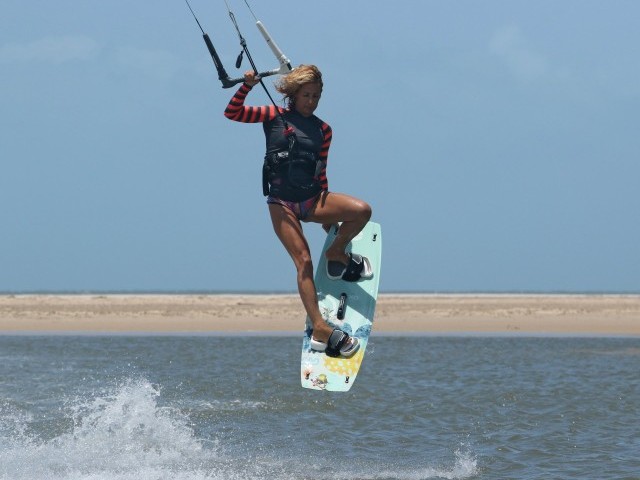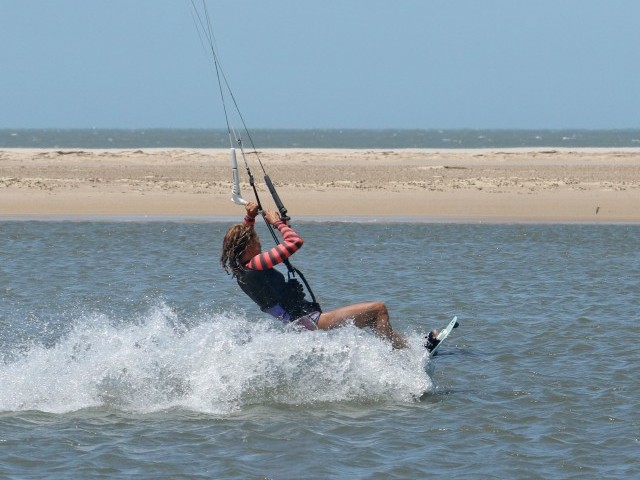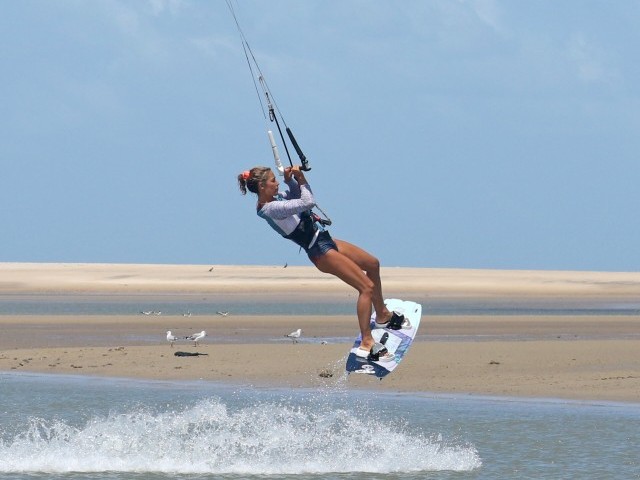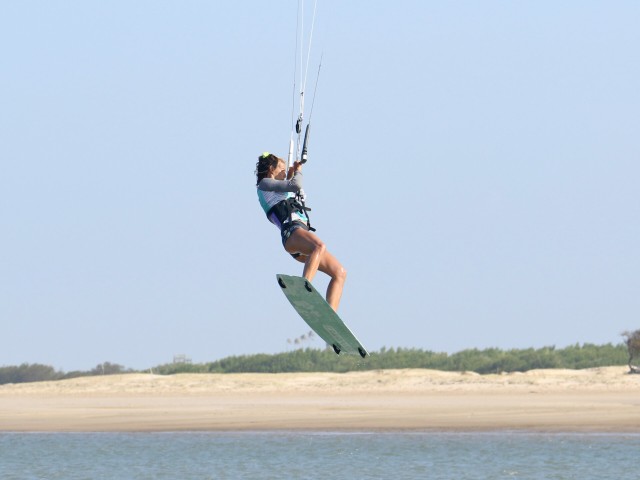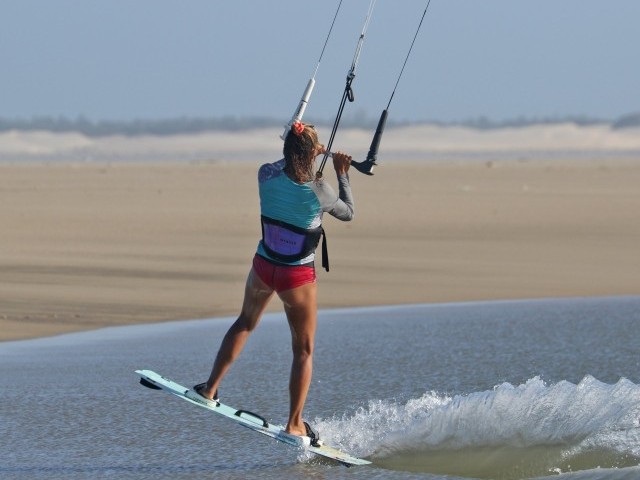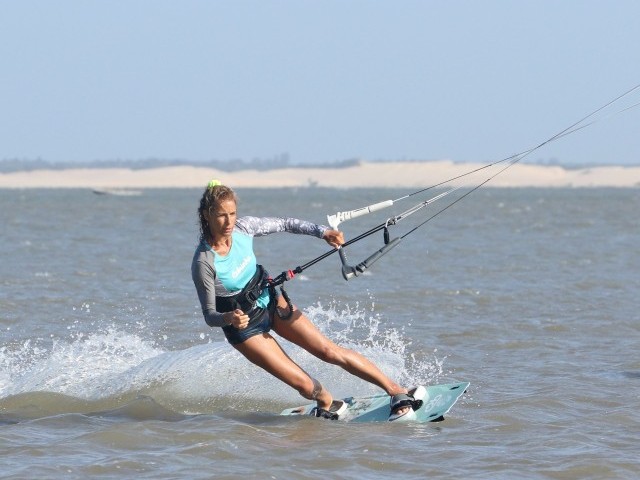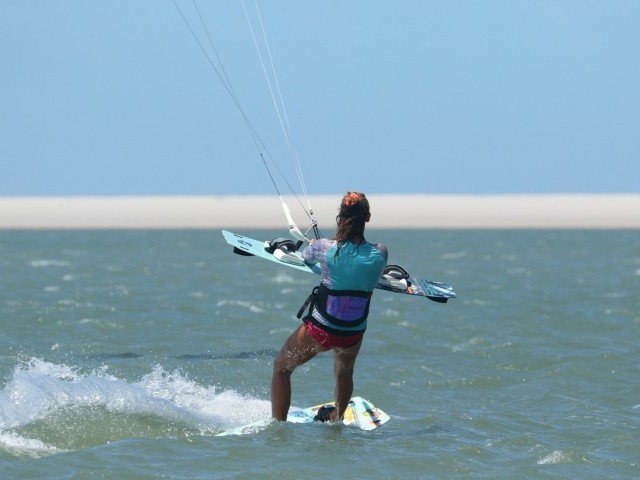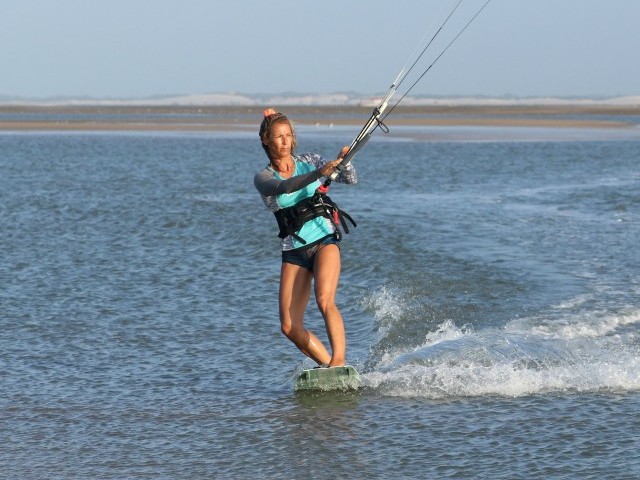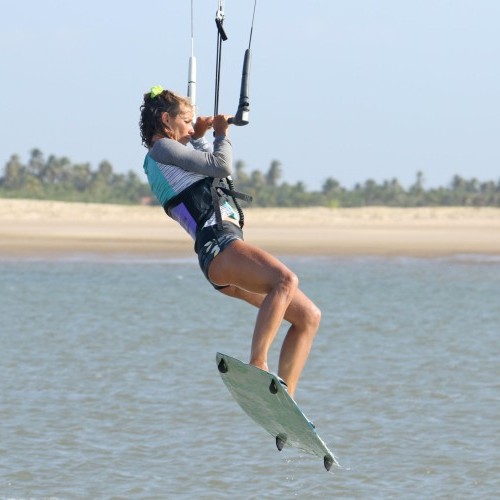
Learning to Loop Part 5 – Jump Transition Down Loop Part 1
Technique / Beginner
We’ve split the Down Loop Air Gybe into two parts as we’re very much aiming this at those of you who have been patiently following this series. We’ve been going at it in baby steps to make sure that you’re ready for the next step. So far, you’ve earned yourselves more than a few stripes, working through the fundamentals and then onto some killer combos. So, Part 1 today is about understanding what you’re aiming for, getting your head around what you’re going to do and, therefore, building up to your first potential air loop. Before getting ahead of ourselves, we must mention the elephant in the room. You do need a solid and dependable jump transition before giving this a whirl!
You may be wondering why the down loop is next. The beauty of the down loop is that even in a transition, we are looping the kite forward whilst travelling forward. This means that the loop and resulting pull is less aggressive than a bona fide kite loop. Also, just in case you’re wondering, an air gybe and a jump transition are the same thing:)
The aim here is to practice an air gybe or jump transition with a super late down loop. By super late we mean that the down loop will happen after you land, so no pull from the kite whilst you’re in the air. Almost as two separate moves. Jump transition, landing almost toe side and then down looping out whilst carving round back onto your heels and upwind. This gives you time to think, gets you comfy with the actions and allows you to convince yourself that you can do it. Here in Part 1, you’ll build up your confidence and understanding so that when you move on to Part 2, you’ll be primed and oh-so-ready!
All the same rules apply, and you’ll be following the same process that you’re fully accustomed to. You know the mechanics of the loop, so once again, we’ll focus on the two most important factors, timing and kite position, and how they relate to your being off the water and hanging under a kite.
Note that in all pics, sequences and videos, Karine is doing this riding to her right. The same as she did for her initial slide turn-down loop and the same as her toe to heel carve-down loop. Once again, the reason is that Karine will finish the move and take the pull once she’s a strong foot forward, left foot in this case. This isn’t essential, but it can certainly help.
OK, so let’s have a look at the parts that will make this possible.
Approach and Check Pic A.
Assuming that you’re already happy air gybing/ jump transitioning, you don’t need anything large. A gentle transition, one meter off the water, is perfect. As such, approach on a good edge with your kite around 1 or 11 o’clock and slow down a tad by letting the bar out a touch. Make sure you’ve got plenty of space behind you and downwind of you. You can see that Karine is edging in, riding solidly upwind, bum low and bar on the sweet spot.
The Send Pic B.
Previously, you’ve put your kite up to give yourself room to loop and to help loop high and, therefore, with little power. Here the same applies, however, you need to take off first. The good news is that once you’re up, your kite will be high and in position. Give your kite a short sharp send to 12. It needs to move quickly enough to generate power and lift, but you don’t want your kite travelling too far past 12, as it’ll make the rest of the move less intuitive. So, rather just to 12 than past 12. The resulting little bit of forward momentum in the air won’t hurt. Karine steered the bar with both hands, pushed and pulled to get the kite moving swiftly up and then levelled it, resisting all the time against her edge. As the kite lifts, she has eased the bar out to follow the sweet spot. This way, the kite goes up around the edge of the window.
Take Off Pic C.
To get up and take some speed off, you’ll want a decent kick against your edge. Do this by extending your back leg suddenly while your bum is still low. You also want to pull in on the bar; however, make sure you kick first. This combo will get you up off the water and help knock off any excess speed. As soon as you’re lifting off, make sure that your bar is level. This will keep the kite at 12 o’clock. Karine has stomped off, extending herself against her edge and has pulled her bar in, level. As Karine kicks off, it turns her slightly upwind, which is not an issue with a transition as it helps later with the landing.
The Big Chill Pic D.
We’ve already said we’re going late. There is absolutely no rush. Bring your knees up and hold the bar in as you go up. With a level bar, you can hold this position for as long as it takes for you to come back down to earth. Karine’s bar is in, her knees are up, and she’s patiently waiting to descend.
Prepare For Landing Pic E.
Undercarriage down, bar back to the sweet spot and point the board downwind! These three are consistent with what you’d normally do in a jump transition. However, at the moment, Karine has done nothing else; she hasn’t turned her head, and she hasn’t dived her kite. When we say super late, we mean really super late. The crux here is to get your board into position and ready for the forthcoming pull. Downwind, in this case, will be ever so slightly biased forwards, so that you’ll land slightly toe side of dead downwind.
Touch Down Pic F.
As you brush the water, you can give it the full Monty on the bar. This is your cue to pull the trigger. With your board pointing towards where the pull will come from and your kite above you, you’re set. The kite will start its own loop, and the pull will come from the same direction as in the slide turn or the carve, slightly forward at 12 o’clock. Commit, lock in and be ready for any surprises. Karine’s board lands off the wind, and she’s just starting to pull and push to initiate her down loop. As always, watch the loop as you carve back to the heel side.
Level Off Pic G.
Carve back onto your heels and level off the bar as the kite starts to rise towards 12 o’clock. If you level a bit late, no problem; you’ll just slow down. Better too late than too early. Once you get the hang of it, you can time it so that you come out with pull, as you did in the carve, and remember to let the bar out to encourage the kite to breathe.
Top Tips
For your first attempts, less power is preferable. In fact, if the wind is light, you can land and then loop yourself up and out of the water. The important thing is not to resist, so no edge against the power.
Start with a few air gybes to get in the mood and then some down loops before adding the down loop on landing.
So, timing-wise, we’re all on the same page, late, very late. It’s likely that on your first few you’re almost too late. With practice, you can start a tiny bit earlier, pre-empting your late loop, by steering the kite just before landing. This way there’ll be less delay between you touching down and the kite pulling. You can see in Sequence 1 that Karine has telegraphed her kite what she wants on landing, starting to pull gently before she touches the water and then giving it the full Monty once she lands. It’s worth noting that the timing will differ greatly. Between kites.
As for the kite position, it is high as always. The only point to add here is high where? What’s important is that the kite doesn’t start from behind 12 o’clock. It always wants to be just a fraction in front of 12, much like in your carving down loops. This way, the pull comes from where you expect it, and it helps pull you out of the transition. If the kite is behind 12 and you initiate the down loop, it won’t give you a smooth pull-out and will just loop gently behind you. Bear this in mind for Part 2!
If you have a look at the wide-angled Sequence 2, you can see how the kite is just in front of 12 as Karine comes down, and this is what gives her a nice smooth pull once she’s landed.
Excellent. Go give this a go, and we look forward to seeing you in Part 2 once you’ve done your homework!
This technique article was in Issue 104 of IKSURFMAG.
Related
By Christian and Karine
Christian and Karine have been working together as a coaching team, running improver to advanced kitesurfing clinics since 2003.






